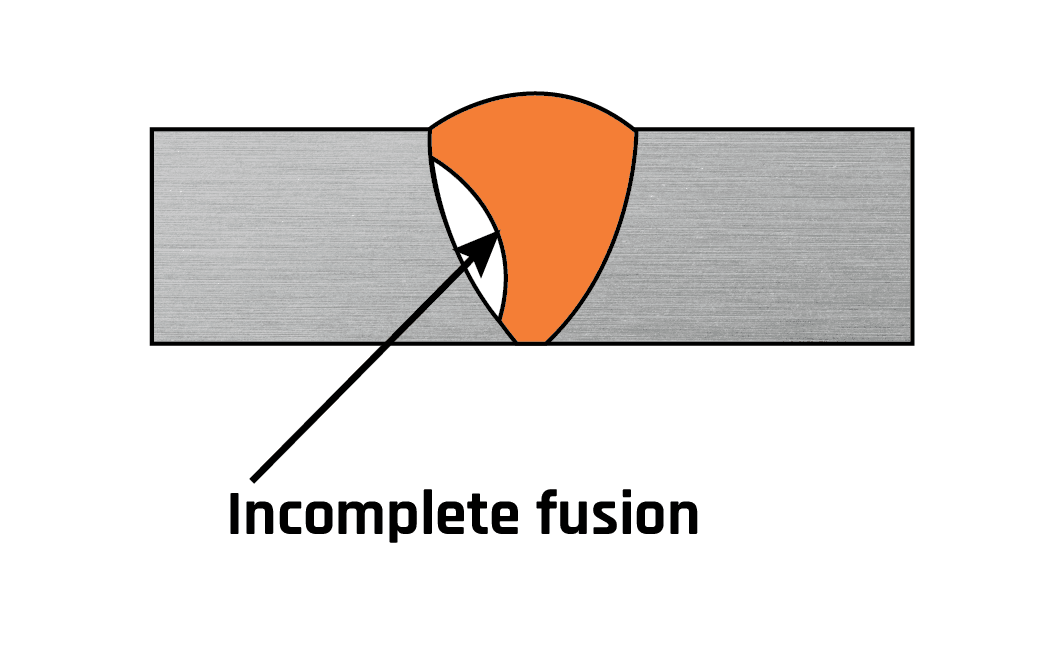Preventing Weld Undercut Made Easy: Key Techniques Unveiled
Preventing Weld Undercut Made Easy: Key Techniques Unveiled
Blog Article
Understanding the Art of Welding: Exactly How to Stay Clear Of Undercut Welding Issues for Flawless Fabrication Results
Performance and precision are extremely important worldwide of welding, where also the least flaw can jeopardize the structural stability of a produced item. One common challenge that welders face is damaging, an issue that can lead and deteriorate a weld joint to expensive rework. By comprehending the origin of undercut welding and applying effective techniques to stop it, welders can raise their craft to brand-new levels of quality (Preventing weld undercut). In the search of remarkable fabrication results, grasping the art of welding to avoid undercut issues is not simply a skill however a necessity for those pursuing perfection in their job.
Comprehending Undercut Welding

To avoid undercut welding, welders need to make certain correct welding parameters, such as readjusting the present, voltage, traveling speed, and preserving the right electrode angle. Additionally, making use of the suitable welding method for the particular joint arrangement is vital. Utilizing weaving motions or backstepping techniques can assist guarantee appropriate weld metal deposition and decrease the probability of undercut development. Routine inspection of welds during and after the welding process is likewise critical to catch any type of undercut early and make needed modifications to protect against further defects. Preventing weld undercut. By recognizing the causes of undercut welding and executing safety nets, welders can accomplish high-quality, structurally audio welds.
Root Causes Of Undercut in Welding
Comprehending the elements that add to undercut in welding is crucial for welders to produce high-quality, structurally sound welds. When the weld steel does not appropriately fill up the groove formed in between the base steel and the previously transferred weld metal, undercutting occurs. A number of variables can result in damage in welding. One typical cause is extreme heat input. Welding at high temperature levels for extended periods can lead to the base steel thawing greater than preferred, bring about undercut. Insufficient welding current or incorrect welding rate can also add to undercut. Insufficient current might not provide adequate warmth to melt the base and filler metals properly, while extreme speed can avoid appropriate fusion, causing undercut. Additionally, incorrect electrode angles or incorrect lantern manipulation methods can develop areas of reduced weld metal deposition, advertising undercut. Comprehending these causes and applying correct welding methods can aid prevent undercutting concerns, making sure resilient and strong welds.
Techniques to Avoid Undercutting

To mitigate the danger of undercutting in welding, welders can utilize calculated welding strategies intended at boosting the quality and integrity of the weld joints. In addition, using the appropriate welding strategy for the details joint configuration, such as weave or stringer beads, can contribute to minimizing damaging.
Moreover, appropriate joint preparation, including ensuring clean base products devoid of pollutants and utilizing the ideal welding consumables, is crucial in avoiding undercut issues. Employing back-step welding methods and managing the weld grain account can also assist distribute warmth equally and reduce the risk of undercut. Normal evaluation of the weld joint during and after welding, along with executing quality guarantee steps, can assist in dealing with and identifying undercutting concerns immediately. By implementing these methods diligently, welders can attain remarkable manufacture results with minimal undercut issues.
Value of Correct Welding Parameters
Picking and preserving ideal welding parameters is vital for attaining effective welds with minimal problems. Welding specifications describe variables such as voltage, existing, take a trip rate, electrode angle, and shielding gas flow rate that directly affect the welding process. These specifications have to be carefully adjusted based on the kind of material being welded, its thickness, and the welding technique employed.
Appropriate welding specifications guarantee the correct amount of warm is used to thaw the base metals and filler material consistently. If the specifications are set too expensive, it can result in extreme warm input, causing spatter, burn-through, or distortion. On the various other hand, if the criteria are as well low, incomplete fusion, lack of infiltration, or damaging may occur.
Quality Control in Welding Procedures

Verdict
Finally, grasping the art of welding needs a complete understanding of undercut welding, its causes, and techniques to stop it. By guaranteeing proper welding criteria and executing top quality assurance practices, remarkable fabrication results can be achieved. It is essential for welders to constantly strive for quality in their welding operations to stay clear of undercut problems and generate top notch welds.
Undercut welding, a common flaw in welding processes, happens when Learn More the weld metal doesn't properly fill up the groove and leaves a groove or clinical depression along the welded joint.To protect against undercut welding, welders ought to make certain proper welding criteria, such as adjusting the present, voltage, traveling speed, and keeping the correct electrode angle. Insufficient welding existing or incorrect welding speed can likewise add to undercut.To reduce the threat of undercutting in welding, welders can utilize critical welding techniques aimed at improving the top quality and integrity of the weld joints.In final thought, understanding the art of welding requires a complete understanding of undercut welding, its reasons, and techniques to prevent it.
Report this page